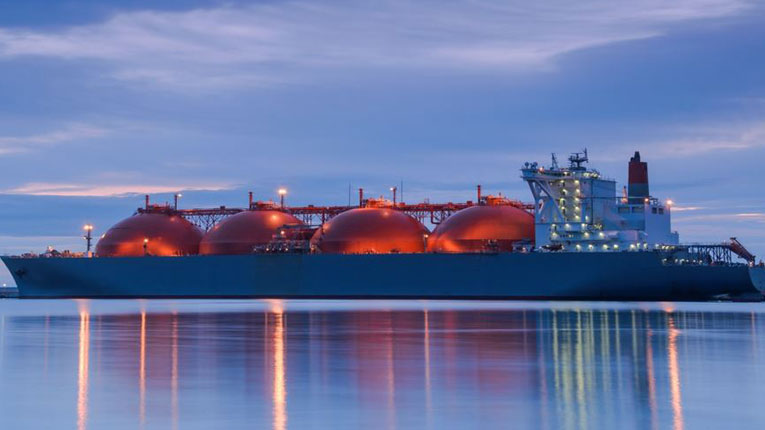Gas demand in Europe is set to fall this year as high prices make coal more competitive for energy production, while in Asia demand growth could slow, according to a report by the International Energy Agency (IEA) for the gas market, Reuters reports.
In 2021, gas consumption in Europe increased by 5.5% to 552 billion cubic meters (bcm), according to the IEA. However, demand is expected to decline by about 4.5% in 2022 to 527 bcm, following a reduction in gas burning in the energy sector, which could fall by 6% compared to 2021, according to the IEA.
“Gas production is expected to decline due to the significant expansion of renewable energy, while high gas prices are affecting their competitiveness over coal power generation,” the report said, according to Agerpres.
Gas prices in Europe and Asia rose to a record high last year, reaching the highest level in the United States in the last decade due to reduced supplies, low storage capacity, infrastructure problems and competition from liquefied natural gas (LNG).
Although the price of carbon in Europe has risen, it has been below the advance of the price of gas, favoring the use of coal for electricity production.
In Europe, lower-than-usual deliveries through Russian gas pipelines, coupled with fears of a supply disruption in the event of sanctions on Russia if it invades Ukraine, have kept gas prices high this year.
In 2022, the IEA expects the price of gas in Europe and the price of LNG in Asia to reach $26 per million BTU (mmBtu – thermal unit – the equivalent of burning 2.83 cubic meters of natural gas) and $27, respectively, for one million BTUs, both of which are record annual averages due to low stocks and declining deliveries, the IEA predicted.
Currently, at the TTF gas hub in the Netherlands, the price for March is about $30 per million BTU, and in Asia the spot price for liquefied natural gas is of $27 per million BTU.
